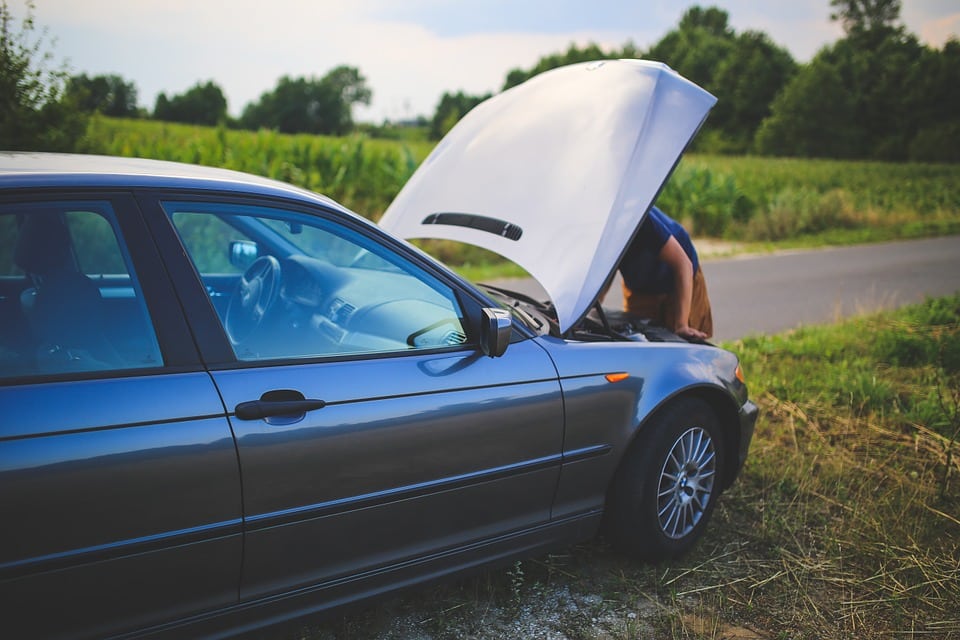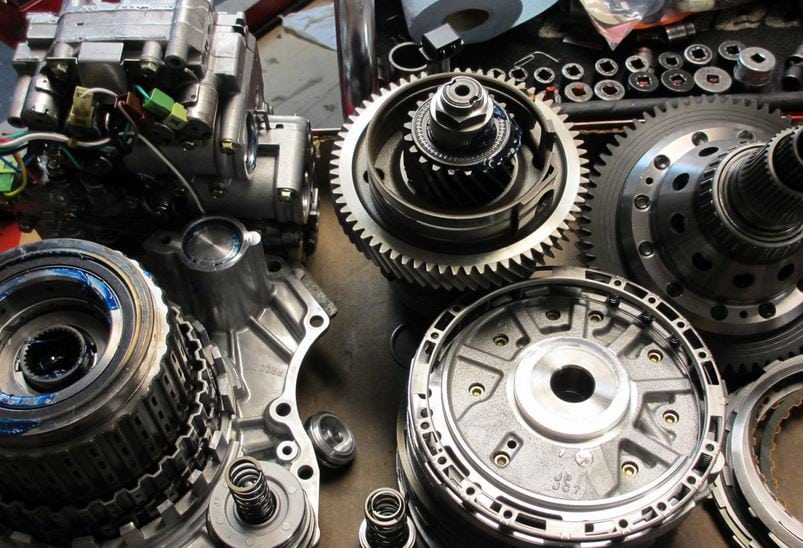Since 2010, quality problems in new cars have doubled. New cars are seeing as many as five issues per car now. And the trend is getting worse instead of better. It’s a known problem, but it’s one that cannot be easily solved. And no manufacturer is immune.
It’s yet another thing we can blame, at least in part, on the pandemic.
There are hundreds of parts in today’s vehicles that weren’t there fifty years ago. There are dozens of parts that weren’t there a decade ago. Cars in the next five years will have parts that aren’t common now. As more and more technology gets thrown into automotive, more and more problems come with it.
The just-in-time methods of modern manufacturing mean that any disruption in the supply chain has far-reaching effects on the final product. According to data from J.D. Power & Associates, both short-term and long-term problems were on the downtrend from a peak in 2014 to a low point in 2018. Then they suddenly skyrocketed from 2019 to 2020 and have been on an upward trend since.
The short-term data (defined as the first three months of the car’s life) went from an average of 1.21 problems per vehicle in 2018 to 1.92 problems per in 2019 and then seems to have plateaued there since.
The long-term data (defined as four to thirty-six months of the vehicle’s life) saw a parallel trajectory, going from a low of 0.92 problems per vehicle in 2019 to 1.66 problems per vehicle in 2020. Unlike the short-term trend, however, the long-term trend has continued upward, going to 1.92 problems per vehicle in 2023.
These issues are tracked by J.D. Power through annual surveys and manufacturer reported warranty claims. Which is why they extend to three years – the point at which most manufacturer warranties end. The surveys alone reach over 90,000 new car buyers every year.
Sadly, it’s not possible to break down reliability by brand as J.D. Power is not able to work with every brand and some brands do not allow results to be published with their marque. With the brands that do cooperate, however, we can see the usual lineup of best and worst that make up most vehicle reliability charts from various sources. From J.D. Power, the worse brands are Land Rover and Chrysler and the best brands are Lexus, Buick, and Toyota (all with similar scores).
But even the best brands are averaging more than two problems per vehicle as of 2023.
And no matter which manufacturer is being eyeballed for problems reported between 2018 and 2023, all of them at least double in reports. So even the best of the reliable manufacturers that J.D. Power tracks are still showing twice as many problems now as they have at almost any point in the past decade.
Consumer Reports, another reliability reporting agency, doesn’t track or score reliability in the same way J.D. Power does. CR uses a ranked scale and tracks by brand via internal testing and consumer surveys after purchase. The number of responses is significantly lower, as are the number of detailed questions asked. The overall reliability rating CR issues is based on an industry average, reporting where the individual brand falls versus that average. So as trends for reliability get worse, CR scales will remain relatively unchanged brand-to-brand, comparatively.
Even with all of those caveats, CR is beginning to show more and more negative consumer responses when looking at commentary in and around the organization’s reporting. Other reliability outlets, such as RepairPal.com, show trends similar to what the J.D. Power data shows.
Interestingly, the trends for manufacturer recalls are not following that same line. The lowest point for overall recalls in the past 20 years was in 2013. It then peaked in 2021, but has since been dropping by about 10 percent year-on-year. That trend won’t likely continue, though, as more and more cybersecurity risks become associated with automotive.
The overall picture is not good. New car buyers cannot expect the same kind of high reliability that was the norm just a few years ago. Instead, the expectation now includes trips to the dealership for warranty repairs.







